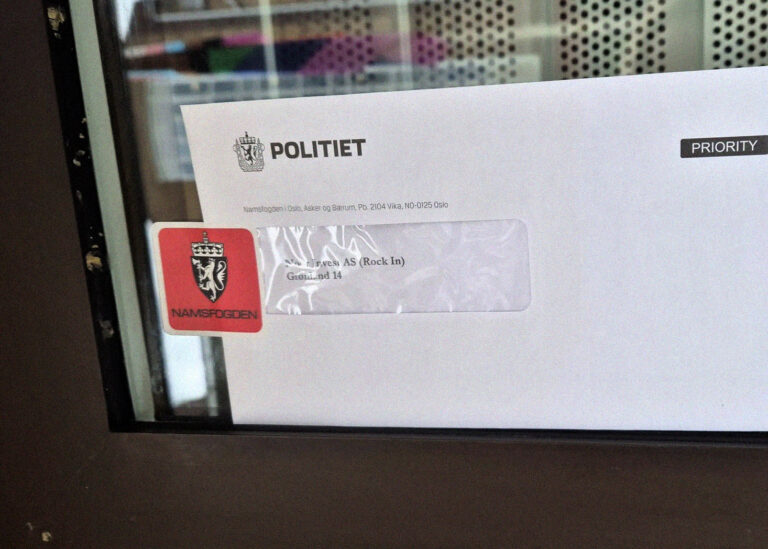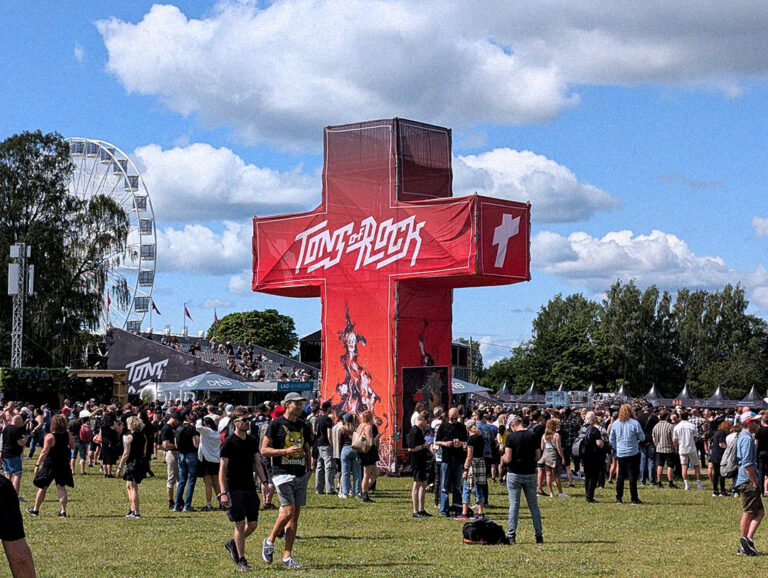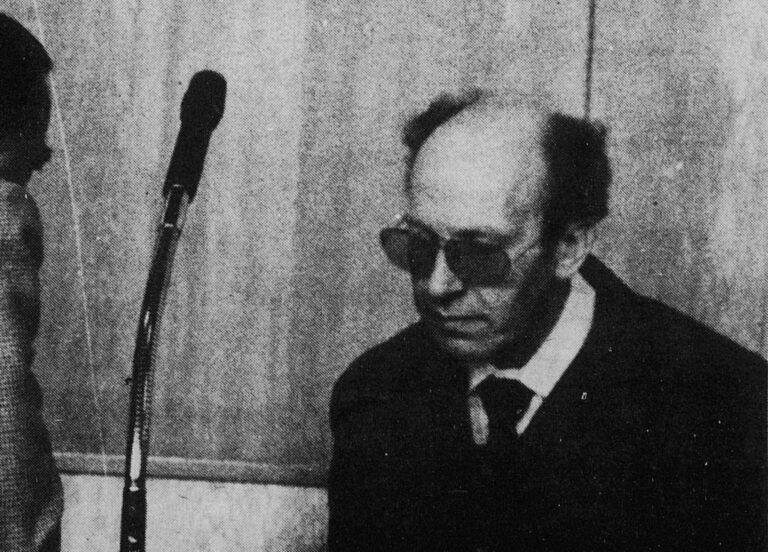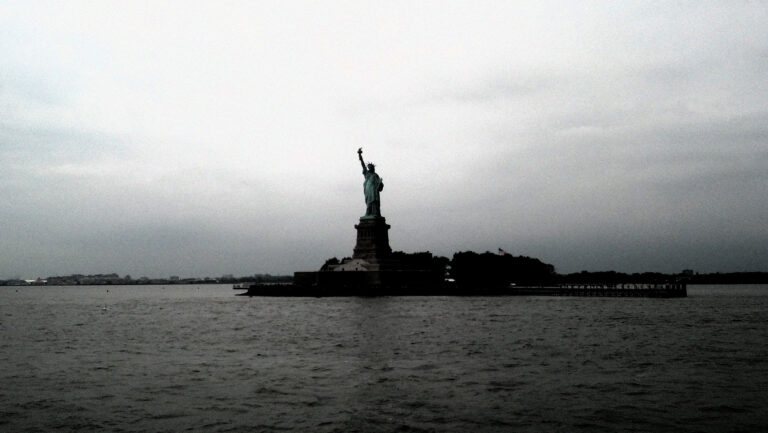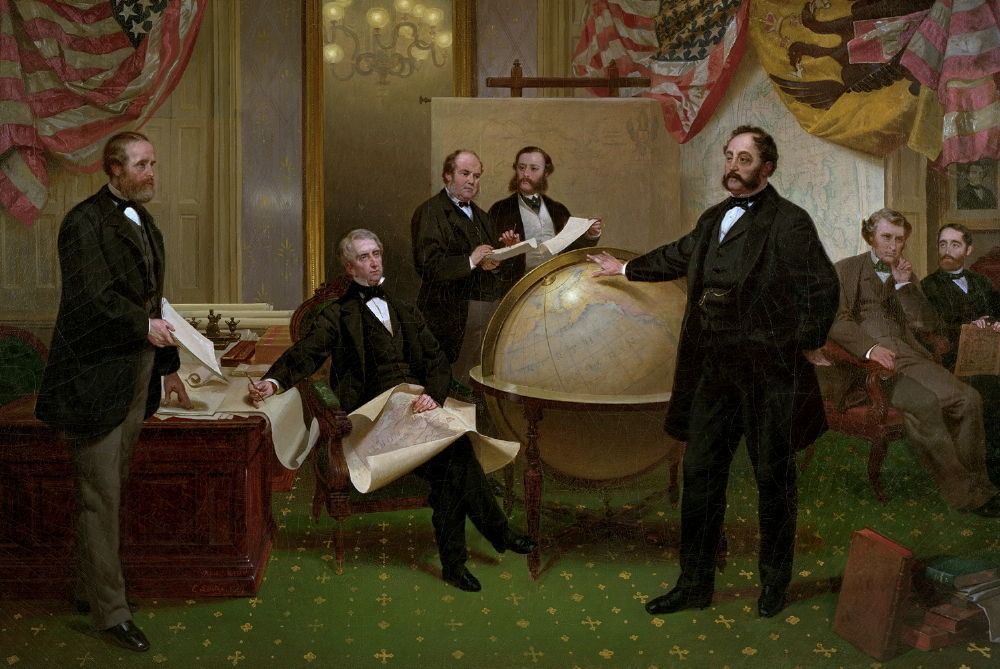
We all know it by now. Trump wants Greenland. “I think we’re going to have it,” he told reporters on Air Force One, adding that the island’s 57,000 residents “want to be with us”.
The Danish prime minister similarly dismissed the notion of Trump buying Greenland as absurd when he first raised it in 2019. Yet, Trump’s fascination with the Arctic island persists, reflecting broader geopolitical interests in the region.
And yes, it is absurd. Total crazy.
“For the sake of national security and freedom across the world, the United States believes that ownership and control over Greenland is an absolute necessity,” Trump declared.
While his statement raised eyebrows, the desire to bring Greenland under American control is far from new. In fact, the U.S. has spent over 160 years attempting to claim the Arctic territory.
The First Attempt: 1867
The notion of purchasing Greenland dates back to 1867, when President Andrew Johnson was eager to expand U.S. territory. That same year, the U.S. had just purchased Alaska from Russia in a move that would later prove to be one of the most lucrative land deals in history.
Encouraged by the success of that acquisition, Secretary of State William H. Seward proposed that the U.S. should also buy Greenland, hoping to exploit the island’s natural resources. However, the idea gained little political traction, and the U.S. never made a formal bid.
Trading Caribbean and Asian Islands for Greenland
By 1910, the U.S. saw a new opportunity to acquire Greenland, this time through a territorial exchange.
At the time, Norway had just declared independence from Sweden and was pressing Denmark to return Greenland to Norwegian control. Sensing an opening, the U.S. ambassador to Denmark proposed a deal: Denmark would cede Greenland to the U.S. in exchange for several islands in the Caribbean and Asia.
Despite the offer, Denmark refused to part with Greenland, leaving the Americans empty-handed once again.
The 1946 Offer: $100 Million in Gold
The most serious bid to purchase Greenland came in 1946, when the U.S. offered Denmark $100 million in gold—equivalent to roughly $2 billion today.
At the time, the Cold War was intensifying, and U.S. military strategists saw Greenland as a key location for monitoring Soviet activity in the Arctic. Acquiring the island would have provided a strategic advantage, allowing the U.S. to establish early warning systems against potential Soviet threats.
However, once again, Denmark declined the offer, reaffirming its commitment to retaining Greenland under its sovereignty.
Trump’s Greenland Dream: A Hard No from Denmark and Greenland
Fast forward to 2019, when Donald Trump publicly floated the idea of purchasing Greenland, claiming it would be a great real estate deal. The proposal was met with ridicule and diplomatic backlash, with Danish Prime Minister Mette Frederiksen dismissing it as “absurd.”
Now, in 2025, Trump has once again revived the idea, citing national security concerns. However, the response from Greenland’s leadership was swift and unwavering.
“Greenland belongs to the Greenlandic people,” said Greenland’s Prime Minister Múte Egede, effectively shutting down any possibility of a sale.
Why Does the U.S. Want Greenland So Badly?
Greenland holds immense geopolitical and economic value. With its abundant natural resources, including rare minerals, oil, and fish stocks, as well as its strategic military position in the Arctic, the U.S. sees Greenland as a crucial asset.
Although previous efforts have failed, the U.S. continues to maintain a strong military presence on the island, most notably at Thule Air Base, which serves as an early warning missile defense station.
Despite the persistent American interest, Denmark and Greenland have made it clear that Greenland is not for sale—no matter how many times the U.S. asks. Let’s hope it stays that way also in the future.

